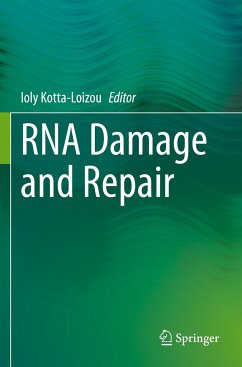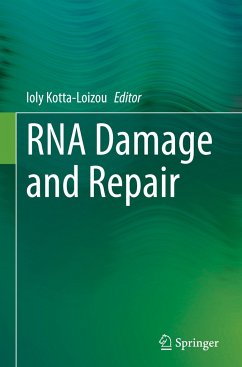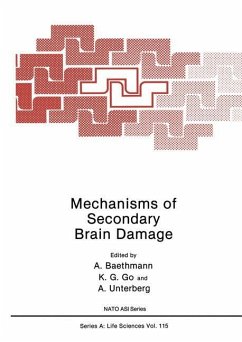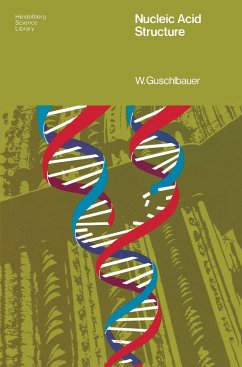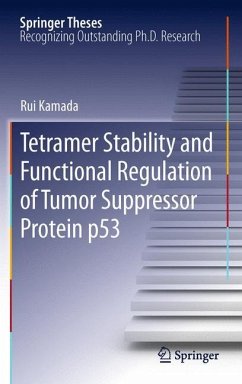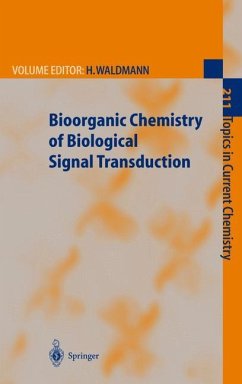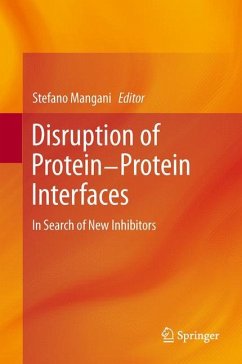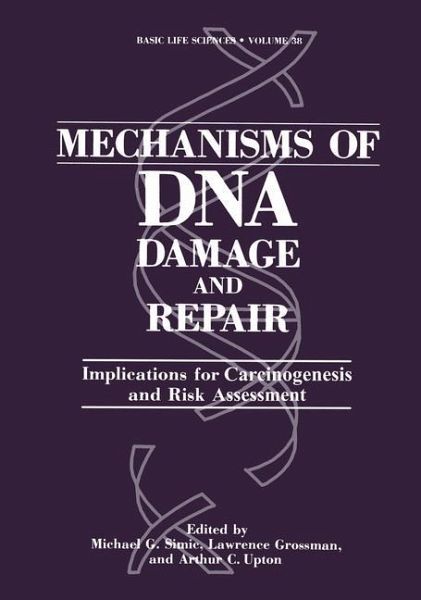
Mechanisms of DNA Damage and Repair
Implications for Carcinogenesis and Risk Assessment
Ed. by Simic, Michael G.; Grossman, Lawrence; Upton, Arthur C. et al.

PAYBACK Punkte
39 °P sammeln!
This book is based on the papers presented at the conference on "Mecha nisms of DNA Damage and Repair: Implications for Carcinogenesis and Risk Assessment," held at the National Bureau of Standards on June 2-7, 1985, This volume deals with mechanisms of DNA damage and repair at the molecular level; consequences of unrepaired or misrepaired damage, with major emphasis on carcinogenesis; drugs which bind selectively to altered and potentially damaging DNA sequences; and potential utilization of DNA damage as an endpoint for assessing risks of UV light, ionizing radiations, chemicals, drugs, and ...
This book is based on the papers presented at the conference on "Mecha nisms of DNA Damage and Repair: Implications for Carcinogenesis and Risk Assessment," held at the National Bureau of Standards on June 2-7, 1985, This volume deals with mechanisms of DNA damage and repair at the molecular level; consequences of unrepaired or misrepaired damage, with major emphasis on carcinogenesis; drugs which bind selectively to altered and potentially damaging DNA sequences; and potential utilization of DNA damage as an endpoint for assessing risks of UV light, ionizing radiations, chemicals, drugs, and hazardous agents in foods. Because the induction of mutations by radiation and genotoxic chemicals has been observed to follow one-hit kinetics in some instances, it is generally assumed that any level of exposure to a DNA-damaging agent may increase the risk of genetic disease or cancer in an exposed population. At the same time, however, there is evidence that although the DNA of living cells is continually damaged by natural background radiation, free radicals, and other naturally occurring processes, most of the damage is normally repaired.







